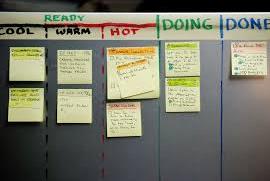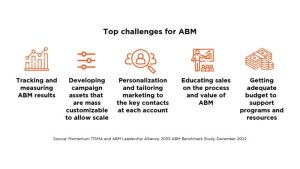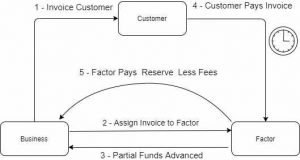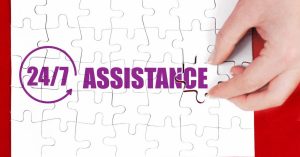Are your employees in a constant state of feast or famine? Your company may be expecting too much or too little from your staff at any given time. This is important because employees become complacent without challenging projects, and unrealistic, stressful deadlines lead to inferior work. Moreover, work-life balance becomes a problem, and then millennials leave. These are all scenarios for high turnover rates that impact your bottom line.
At Digital Third Coast, the SEO services team experienced these highs and lows. Our team was able to fix our workflow using the following steps. Feel free to adjust the process to align with your business needs.
1. Chart the Completed Projects
Create a chart of the number of projects completed each month. Do you see dramatic ebbs and flows? A graphic makes it easy to pinpoint when your company is in high demand or experiencing lulls. Keep it simple so you’re able to gain buy-in from all employees. Communication is the key to success, and too much data may become frustrating for many to understand. Learning styles vary, so a chart with text can appeal to everyone, from analysts to the creative team. The goal is to create something visual that all employees can digest at a glance.

2. Create Demand and Capacity Sheets
Every employee should document the time it takes to complete tasks. Make sure to reiterate that this is to help workflow and not to review their performance. This document will help define baselines for forecasted hours. Make sure each week accounts for meetings that take away from project work. Use this in your one-one-ones to discuss tasks and prioritize projects. Compare these hours to upcoming projects. Do your employees have too much demand? Do your employees have too much capacity? This level of transparency may uncover time that could be better spent elsewhere.

3. Meet with Employees, Trust Their Forecasts, and You Might Learn Something
Meet with new hires and tenured employees to establish realistic project timelines. Individuals will appreciate ownership of the process. Open process discussions between employees and management could result in higher employee engagement. Ultimately, the employees who do the work should define the effort the project takes. Agile projects use this bottom-up approach for time estimation. Because your employees are the closest to the day-in-day-out, trust in their timelines. Their in-depth knowledge and ideas may surprise you. These averages can then forecast future project types.
4. Use Tools for Project Documentation
The team needs to show the progress of each project. A Kanban board, a visualization tool to help project efficiency, provides project transparency. Simplify it simple to a whiteboard and post-its; otherwise, some great digital options are available as well. It allows employees and management stay up-to-date with projects at a glance.
The project team should also use a huddle board. As every employee is accountable to add any problems occurring in real time, everyone now knows and works to find quick solutions to problems stalling progress. Tackling problems earlier results in accountability and timely resolution of issues. The boards are not meant to place blame, but to increase efficiency.
| Kanban Board | Huddle Board |
 |  |
5. Create Project Forecasts and Review Often
The project forecast chart should be simple. Making it digestible will help get agreement from every employee. Don’t forget to use the new timelines established by employees. The forecast should stretch at least a year or more, depending on the industry. These longer time frames allow employees to plan for dramatic changes in workload. For instance, do you need to hire contractors or employees? Can you change project deadlines? Review completed projects regularly because times change as efficiency improves.

A streamlined workflow helps your company never over-promise or under-deliver. Forecasting project time only works when you understand what it takes to get the job done. Charts and boards help all employees realize the workflow problem and provide solutions. Better processes occur with engaged employees and management who display trust. Accurate forecasts ensure your company can avoid any work swings in the future.
Business & Finance Articles on Business 2 Community
(75)







